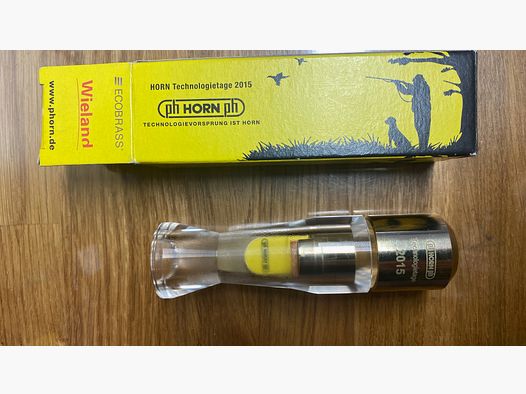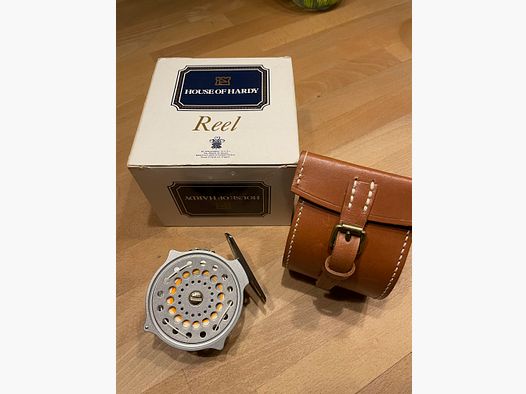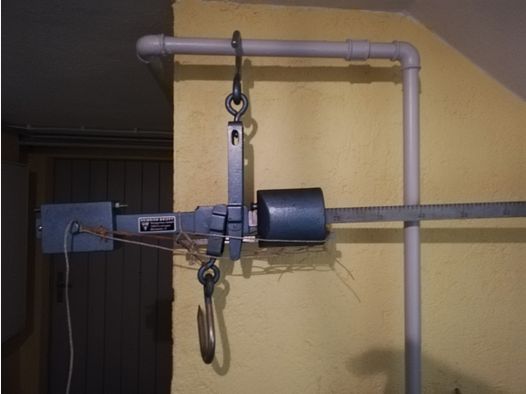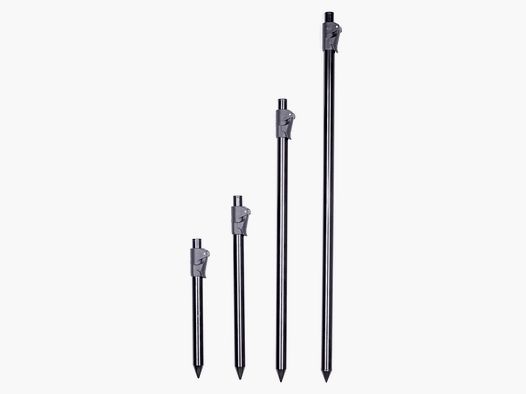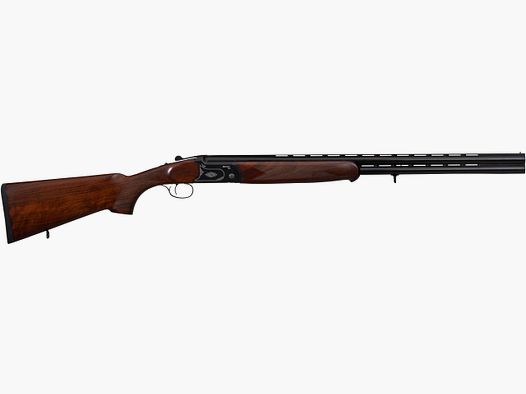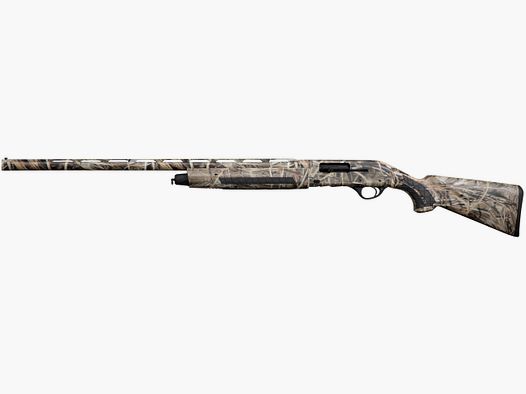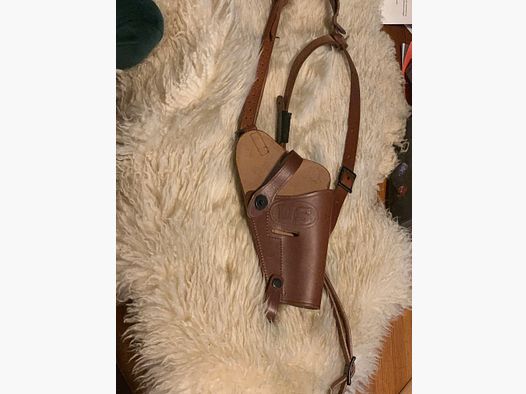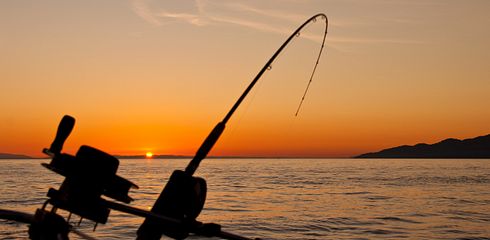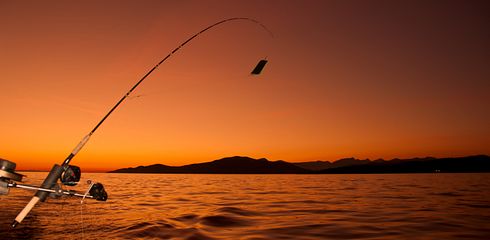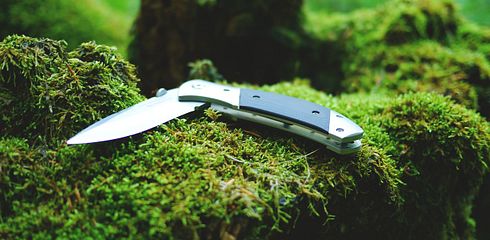Night fishing adds an extra dimension to traditional angling and opens the door to a world that unfolds in the darkness of the night. For beginners, the idea of fishing at night may initially seem daunting or challenging, but with the right tips and a solid understanding, night fishing can become a fascinating and successful experience.
1. Choosing the Right Water for Night Fishing
Selecting the right body of water is crucial for night fishing. Here are some considerations:
Familiarity: If possible, choose a body of water that you are already familiar with during the day. This prior knowledge helps to better understand potential hazards and underwater structures.
Lighting: Ensure that the water is well-lit at night or that you have appropriate equipment such as headlamps or boat lanterns.
Accessibility: Choose a fishing spot that is easily accessible and safe, especially when moving in the dark.
2. The Right Equipment for Night Fishing
Having well-thought-out equipment is essential for night fishing. Here are some things to consider:
Lighting: Wear a headlamp or set up lanterns to illuminate your fishing spot. This not only increases safety but also allows you to see your equipment better.
Dimming Lights: Use dim lights to avoid startling the fish. Too bright a light can make fish more cautious and avoid the bait.
Bite Indicators: A bite indicator that responds to movements or sounds is particularly useful, as visibility is limited at night. It alerts you to bites even when you cannot directly watch the rod.
Warm Clothing: Since temperatures often drop at night, it is important to wear warm clothing. A warm hat and gloves can be especially beneficial during nighttime outings outdoors.
3. Choosing the Right Baits and Techniques
The selection of baits and fishing techniques plays a crucial role in night fishing. Here are some tried-and-true tips:
Live Bait: Live bait can be particularly effective at night, as many predatory fish are nocturnal. Worms, small fish, or shrimp are popular options.
Dark Baits: Dark baits, such as black worms or baits with dark colors, are often more visible at night and can attract the attention of fish.
Slow Retrieval: Since fish often react more slowly at night, a slow retrieval is more effective. Use slow reeling speeds or static techniques like bottom fishing.
4. Don't Neglect Safety Aspects When Night Fishing
Safety is paramount when night fishing. Here are some safety tips:
Emergency Lighting: Always carry an extra flashlight or headlamp to ensure adequate lighting in case of an emergency.
Proper Navigation: If you are out on a boat, check the navigation systems beforehand and keep an eye on the weather conditions. Do not rely solely on GPS; also carry maps and a compass.
Emergency Gear: Carry emergency gear that includes a first aid kit, water, snacks, and other survival essentials.
Conclusion: A Nighttime Journey into the World of Fishing
Night fishing for beginners opens up a fascinating world that is often overlooked. With the right planning, equipment, and safety precautions, you can turn the darkness into a time of exciting fishing experiences. Experiment with different waters, baits, and techniques to find your own way. Night fishing not only offers a unique perspective but also the opportunity to catch fish that are less active during the day. Use these tips to have a successful night outing and enjoy the tranquil beauty of the night by the water. Tight lines and good luck on your nighttime fishing adventures!



